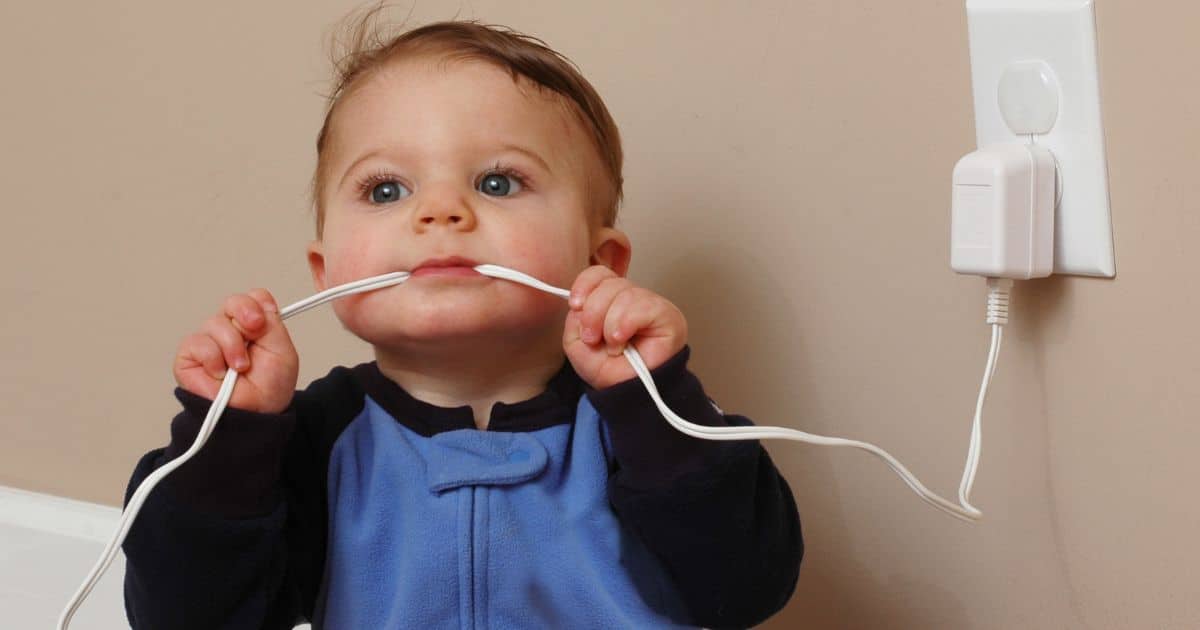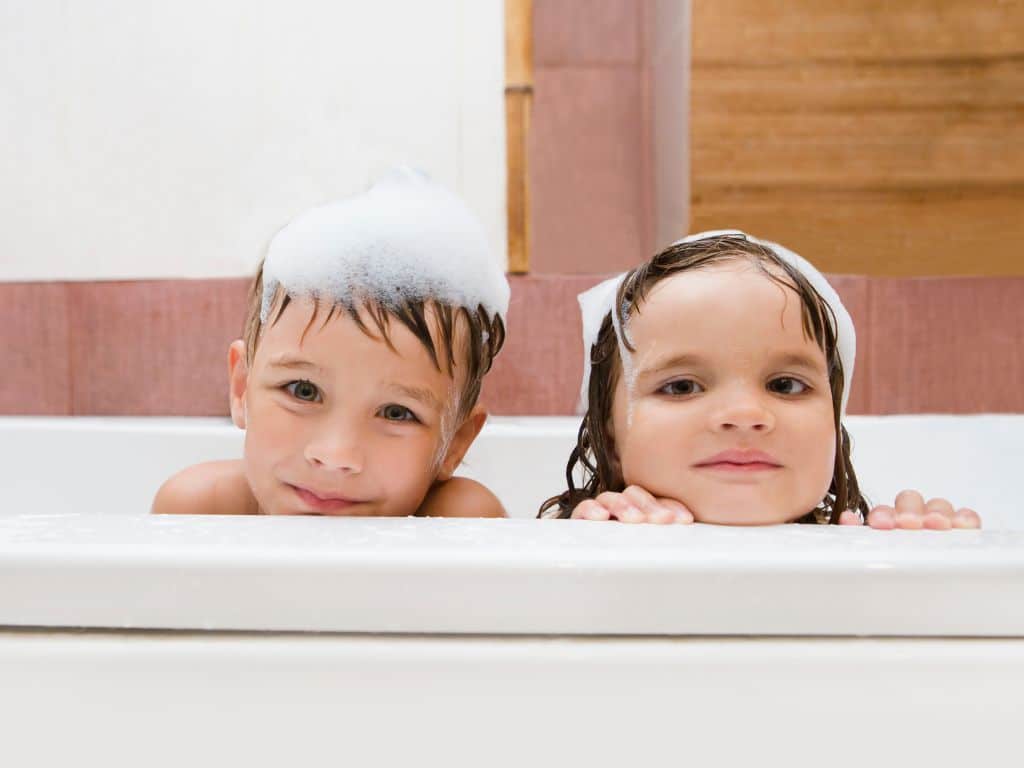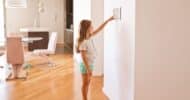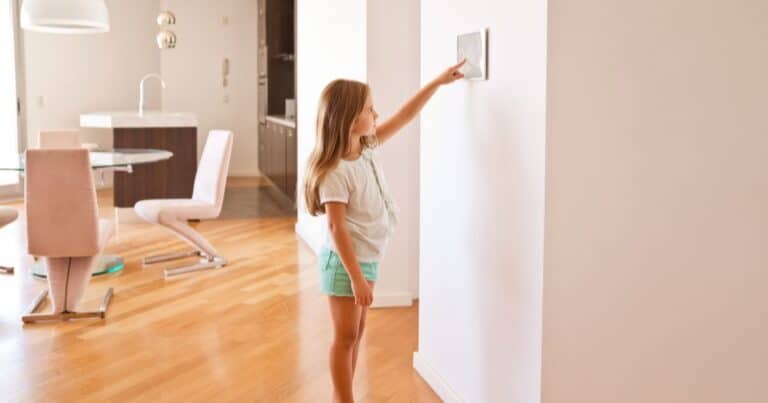
Your home environment should be safe for your child’s growth and development. Unfortunately, most parents aren’t aware of the dangers lurking in their homes. Young kids increasingly become explorative as they grow. This exposes them to several hazards at home. You should prioritise and ensure your home is safe for kids. Consider the following simple tips.
1. Childproofing your home safe for kids
Childproofing your home is probably the easiest way to ensure your kid’s safety and well-being at home. Parents should consider several activities to childproof their homes. You should begin by installing safety latches on kitchen drawers and cabinets, especially those with sharp objects, detergents, and other dangerous chemicals.
Window guards come in handy in preventing window falls. If your home has blind cords, ensure they are out of reach to avoid strangulation hazards. Alternatively, you can opt for plantation shutters, which are very harmless to kids. Doors Plus has the best plantation shutter options for your home.
Staircases are also dangerous for explorative kids, so install reliable gates at both ends to prevent falls. You should also manage electrical cords, outlets, and other cables that pose choking or tripping risks. You should inspect your childproofing measures regularly and make relevant adjustments as the child develops better abilities.
2. Preventing Fire Risks
Fire safety is also a crucial concern for homes with children. Growing kids don’t always understand the dangers of playing with fire, which can lead to serious risks in your home. The best place to start is by installing smoke detectors, particularly near the kitchen and sleeping areas. To ensure their effectiveness, work with smoke alarm installation experts who can help you place them correctly and maintain them. Additionally, regularly test and replace the batteries in your smoke detectors to ensure they are always functional.
You should also have a fire escape plan in your home. If your children are old enough, practise the plan with them regularly. Teach them what they should do when the smoke alarm goes on. Your windows should be easy to open. If all windows have screens, teach them how to remove them easily when necessary. Lastly, flammable items, such as bedding and curtains, should be kept far from stoves and heaters.

3. Bathroom Safety
Young children are exposed to several potential hazards in the bathroom. You should consider the following to make your bathroom safe for growing children:
- Supervision: You shouldn’t leave young children alone in the bathroom. They can drown with very few inches of water.
- Install non-slip surfaces: Adhesive strips and non-slip mats in the shower and bathtub prevent slips and falls.
- Lock medicine cabinets: If you store your drugs in the bathroom, keep them in a locked cabinet.
- Check water temperature: Always adjust the water temperature before placing your child in the bathtub.
- Toilet locks: Use toilet locks to prevent kids from opening the lid. They can drown if they fall in head first.
4. Ensuring Safe Outdoor Spaces
Ensuring that your outdoor spaces are safe is just as important as childproofing the interior of your home. Young children are naturally curious and can easily get into trouble if the yard or garden is not adequately secured. Here are some simple ways to make your outdoor areas safe for kids:
- Secure Fencing: Install a sturdy fence around your yard to keep children from wandering off. Make sure the fence is high enough and has no gaps that could allow your child to escape or get stuck.
- Safe Play Equipment: Ensure that any play equipment, such as swings or slides, is properly installed and maintained. Use soft materials like mulch or rubber mats underneath to cushion falls and prevent injuries.
- Cover Pools and Ponds: If you have a pool or pond, make sure it is securely covered or fenced off. Never leave children unattended near water, and teach them about water safety as they grow older.
- Check for Hazards: Regularly inspect your outdoor areas for potential hazards such as sharp objects, toxic plants, or uncovered drains. Remove or secure these hazards to prevent accidents.
- Proper Storage: Store garden tools, chemicals, and other potentially dangerous items in locked sheds or high cabinets. Ensure that any outdoor furniture is stable and free from sharp edges.
- Supervision: Always supervise children when they are playing outside. Even with the best safety measures, a watchful eye is essential to ensure their well-being.
Endnote: Simple Ways to Make Your Home Safe for Kids
A lot goes into making your home safe for growing kids. While these tips touch on essentials, you should consider other common hazards in your home. For instance, you should improve the electrical safety of the kitchen and other areas. That aside, kids should always be within your sight.
While implementing these safety measures we have listed in this article, it's paramount to emphasise that constant supervision is irreplaceable. No safety measure can substitute for the watchful eye of a responsible adult. As your kids explore and learn, they will inevitably encounter new situations that require your guidance and protection.
In conclusion, the journey to making your home safe for kids is holistic, encompassing various aspects of your living space. By consistently evaluating and addressing potential hazards, you're not just creating a safe haven for your children but also instilling in them the importance of cautiousness and responsible behaviour.
Your efforts today will undoubtedly contribute to a safer and more nurturing environment for your family, ensuring that your home remains a place where your children can grow, explore, and confidently thrive.













